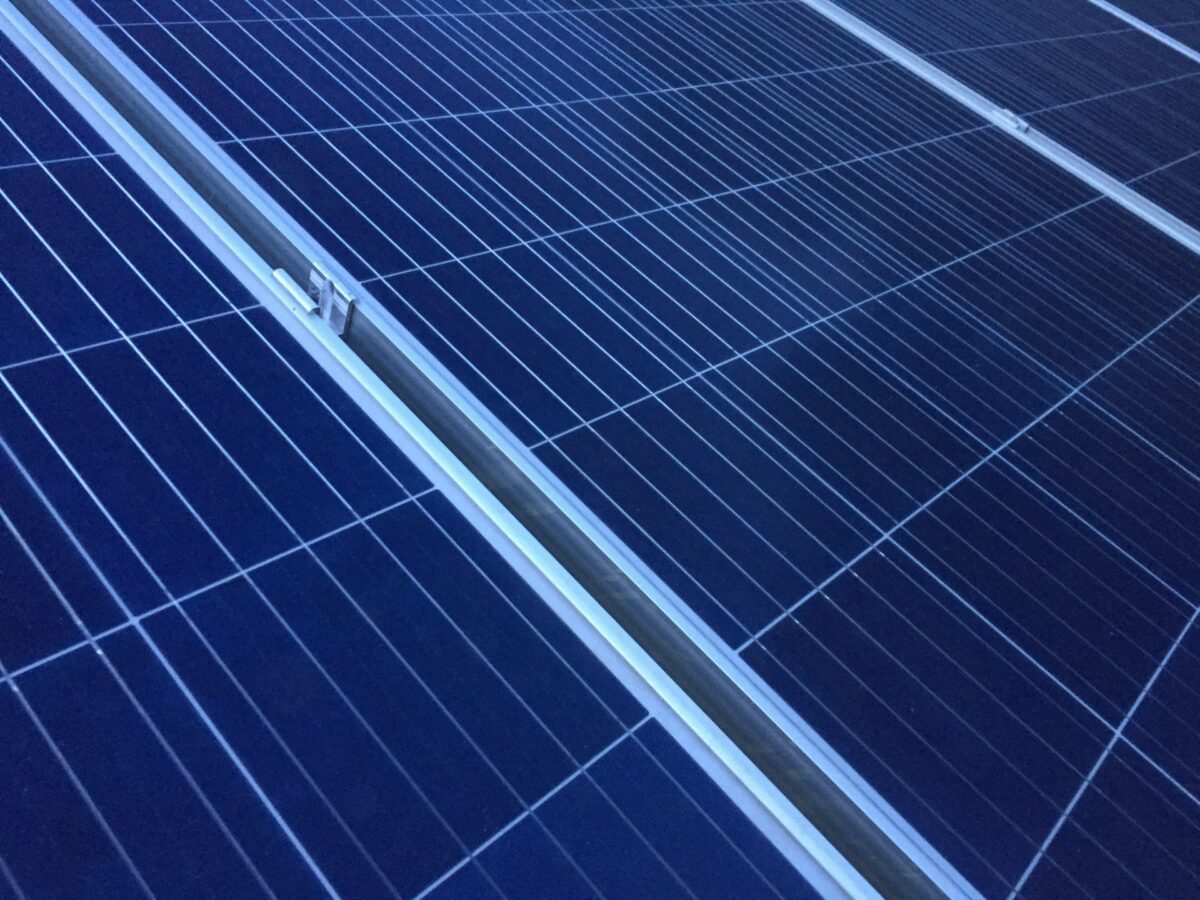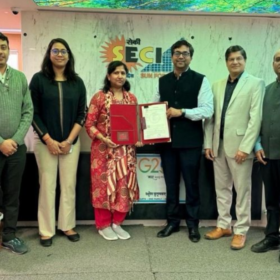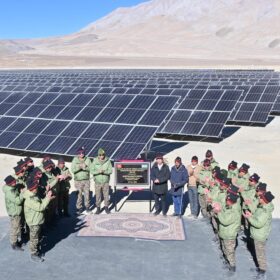India stands at a pivotal moment in its clean energy journey. Having made commendable strides in deploying utility-scale solar, the next leg of the country’s energy transition will be increasingly defined by distributed solar energy. From residential rooftops in tier-2 cities to commercial and industrial (C&I) parks, and from agricultural microgrids to hybrid solutions in remote areas, distributed solar is poised to become the cornerstone of decentralized, democratic, and demand-responsive power systems.
As of June 30, 2025, India’s total installed solar capacity stood at over 116 GW, with approximately 18.84 GW attributed to rooftop solar, according to the Ministry of New and Renewable Energy (MNRE). While this seems modest compared to utility-scale additions, the growth trajectory is shifting.
India has set an ambitious target of 280 GW of solar capacity by 2030, and of this, at least 40-45 GW is expected to come from distributed solar — a conservative estimate, considering the pace at which the ecosystem is maturing.
Why Distributed Solar is important?
Distributed solar, particularly rooftop and hybrid microgrid systems, offers multiple systemic and structural advantages –
· India loses around 20-22% of power due to transmission and distribution (T&D) inefficiencies, among the highest globally. Rooftop solar generates power at the point of consumption, virtually eliminating these losses.
· Decentralized grids embedded with hybrid storage (battery + solar) solutions ensure resilience against outages, especially in rural and semi-urban regions.
· Compared to the 3-5 year lead time of large-scale utility projects, residential and C&I rooftops can be installed and commissioned within weeks, supporting near-term targets.
Surge in C&I rooftop
Commercial and industrial consumers account for over 50% of India’s electricity demand, and the economics of rooftop solar are rapidly tilting in their favour. C&I rooftop tariffs hover around INR 3.5–INR 4.5 per unit (kWh), significantly lower than the grid tariffs for these consumers, which can go up to INR 8–INR 10 per unit in states like Maharashtra and Tamil Nadu.
As of late 2023, over 5 GW of rooftop solar capacity was deployed by C&I consumers. According to a Bridge to India report, the C&I segment could add over 15 GW by 2030 under a moderate growth scenario, with higher potential under enabling policy frameworks.
Furthermore, green mandates like RE100 and ESG-linked credit frameworks are pushing industries to decarbonize rapidly. Distributed solar fits perfectly into these ambitions by offering on-site, traceable, and auditable clean power.
Residential solar
The residential segment, which has historically lagged due to high upfront costs, fragmented ownership, and limited awareness, is witnessing a turning point. The revamped PM Surya Ghar Muft Bijli Yojana, launched in 2024, aims to solarize 1 crore homes by offering subsidies of up to INR 78,000 for 3 kW systems, covering nearly 40%–60% of the capital cost.
The integration of peer-to-peer (P2P) trading platforms, virtual net metering, and smart inverters is further democratizing the benefits of solar energy, enabling urban and semi-urban households to become energy prosumers.
Revolution in rural and microgrid
Microgrids are emerging as the most potent enablers for rural electrification and agricultural modernization. While India achieved 99.9% village electrification, over 24 million rural households still face unreliable supply, especially for agricultural pumping.
Hybrid microgrids, solar integrated with batteries and diesel backups, are being deployed under public-private models in states like Jharkhand, Uttar Pradesh, and Chhattisgarh. According to Smart Power India, over 250 microgrids have been deployed across the country, serving 2.5 lakh+ consumers with over 12 MW of capacity — and these numbers are expected to grow 6x by 2030.
Agrivoltaics & PM-KUSUM
The PM-KUSUM Scheme targets installation of 10 GW of decentralized solar on barren lands and aims to solarize 35 lakh irrigation pumps. This initiative, if implemented fully, could save 23 billion units of power annually and reduce diesel use by 3 billion liters per year.
Challenges that need to be fixed
· Inconsistent net metering policies across states and caps on system sizes are impeding growth.
· Utilities view rooftop solar as a revenue threat, particularly from C&I users, leading to procedural delays.
· Quality assurance, O&M services, and certified installers are lacking, especially outside urban areas.
To truly unlock the distributed solar opportunity, India needs a unified regulatory framework, streamlined subsidy disbursals, and innovative business models like community solar, solar-as-a-service, and lease-to-own mechanisms.
The decade belongs to distributed solar
India’s path to net zero by 2070 cannot rely solely on large-scale infrastructure. The country’s energy future will be shaped just as much by the rooftops of middle-class homes, the factory sheds of SMEs, and solar pumps in remote farmlands, as it will by mega solar parks in the desert. Distributed solar, supported by intelligent grids and storage, offers India the opportunity to leapfrog into a cleaner, more equitable energy future — one where power is not just generated and consumed, but shared, stored, and optimized locally. The next decade belongs not to the centralized grid, but to a smarter, decentralized, and democratized solar future — and India is uniquely positioned to lead this transition.
The views and opinions expressed in this article are the author’s own, and do not necessarily reflect those held by pv magazine.
This content is protected by copyright and may not be reused. If you want to cooperate with us and would like to reuse some of our content, please contact: editors@pv-magazine.com.








By submitting this form you agree to pv magazine using your data for the purposes of publishing your comment.
Your personal data will only be disclosed or otherwise transmitted to third parties for the purposes of spam filtering or if this is necessary for technical maintenance of the website. Any other transfer to third parties will not take place unless this is justified on the basis of applicable data protection regulations or if pv magazine is legally obliged to do so.
You may revoke this consent at any time with effect for the future, in which case your personal data will be deleted immediately. Otherwise, your data will be deleted if pv magazine has processed your request or the purpose of data storage is fulfilled.
Further information on data privacy can be found in our Data Protection Policy.